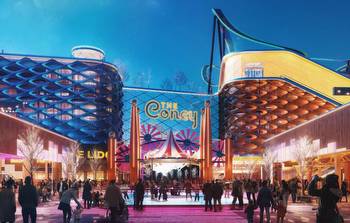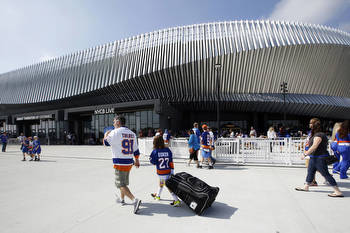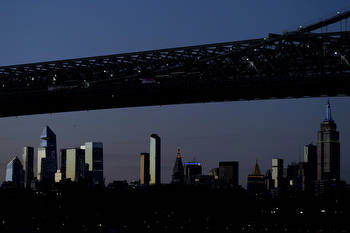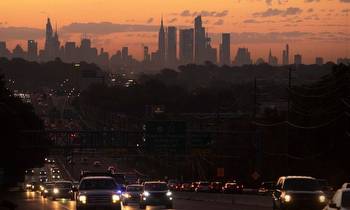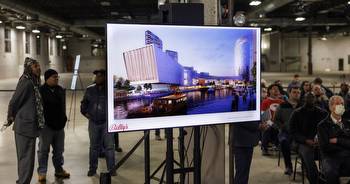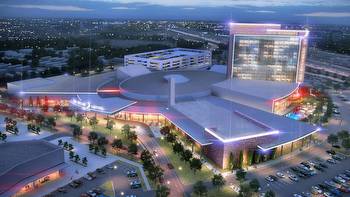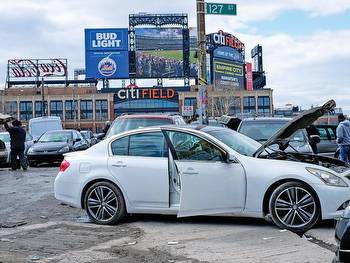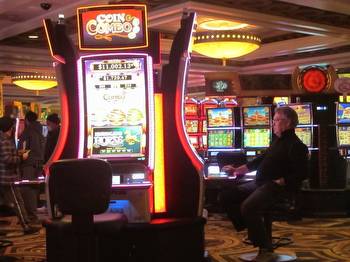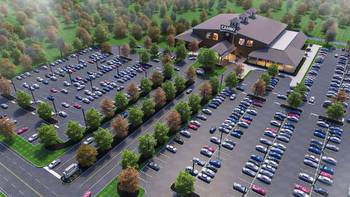Where’s the Best Place to Build a Casino in New York City?
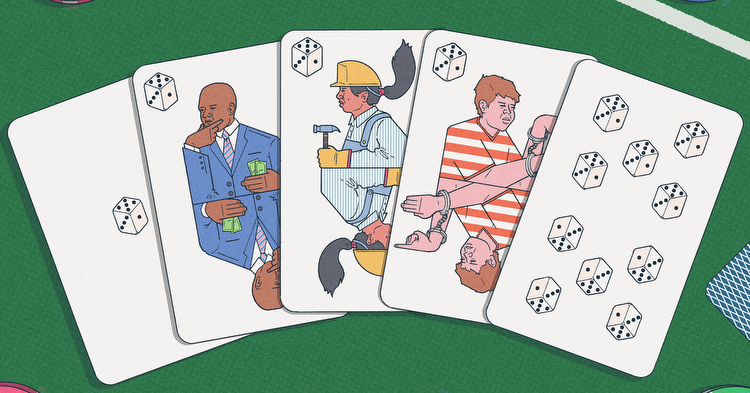
Two public development projects are in the works that will indelibly change the character of New York City. Both are fraught with political and economic risks, and both will strike a nerve with many New Yorkers.
The first is the closing of the notorious Rikers Island jail complex. The city’s plan, which includes relocating the incarcerated population to jails in the boroughs, faces a deadline of Aug. 31, 2027. Neighborhood opposition and lukewarm support from Mayor Eric Adams have bedeviled this undertaking. But the imperative to close the jail complex is urgent, as conditions continue to deteriorate. Nineteen people died after being placed in New York City’s jail system this year alone.
Also, a bidding process is about to begin that will almost certainly result in New York City having its first legal full-fledged casino in its 400-year history. No longer will New Yorkers have to travel to Philadelphia, Atlantic City or Connecticut to enjoy the pleasures of live blackjack, roulette, poker or craps.
Efforts by the city and state to make way for one or more casinos have been met with opposition from groups concerned about traffic congestion and increased neighborhood crime. The Shubert Organization, a major owner of theaters, and the Broadway League, the trade association for the Broadway theater industry, have come out in opposition to a proposed casino in Times Square. More opposition will certainly arise. Other possible locations include Hudson Yards and Coney Island. Like closing Rikers, the effort to bring a casino to the city will require political leadership, compromise and a fair bit of creative thinking.
There is, however, one solution that could boost the city’s efforts to close Rikers, generate hundreds of millions of dollars for its coffers and isolate the new casino from every neighborhood in New York City.
The city should build a large Las Vegas-style hotel and casino complex on Rikers after the jail complex is shut down.
Such a project would be a major attraction for the 23 million people living in the metropolitan area and the tens of millions more who visit the city each year. It would provide thousands of construction jobs for New Yorkers, and steady employment for thousands more. It would stem the flow of the billions of dollars that have been sucked out of the city and into casinos in nearby states over the past half century. And it would demonstrate that New York City can still get things done on a colossal scale.
But the real value of a Rikers casino goes way beyond dollars and cents. It should be structured so that the city’s ownership sharemust be earmarked from Day 1for programs that are directly connected to incarceration and crime — fighting poverty, job training, drug rehabilitation, mental health services and public safety.
If the city can assure that its share of the profits is used to help its most needy citizens, a Rikers casino could become one of the most impactful public development projects in the city’s history.
At 413 acres, about two-thirds of a square mile, Rikers Island is nearly 15 times the size of Hudson Yards on Manhattan’s West Side. That is more than enough space to build a casino, a convention space, a 3,000-room hotel, a concert venue and restaurants. A narrow bridge connects the island to Queens and would need to be expanded. Ferries from the Bronx could provide access from the north. Bus lines could be established from the south. Parking could be built on the island. It is an urban planner’s dream.
I have been an advocate for closing Rikers for a long time, and in 2015 made a case in The Times for why, as a matter of justice, this dumping ground for the impoverished, the addicted and the mentally ill should be closed. Here’s how I think a Rikers casino project might work from an economic point of view.
Because the city owns Rikers, it has tremendous flexibility in deciding what gets built, by whom and where the profits go. The city could own the project outright, and hire a developer for a fee. It could do a joint venture with a development company in which the two join forces to build and operate the casino. If the city wants to create some legal distance between the project and the developer, it could lease the property to the developer for a hefty annual payment. In any case, one should not underestimate the outsize financial rewards the city could capture from this enterprise.
The city and state should create a public authority, let’s call it the Rikers Development Corporation, to oversee the project. It could sell “Rikers bonds” to finance construction, and they would be likely to qualify as tax exempt, thus meaningfully lowering the project’s cost of capital. As part of its mission, the development corporation could stipulate that the project give preference for jobs to formerly incarcerated individuals and former Rikers corrections officers.
In short, building a casino on Rikers Island could be a once-in-a-generation opportunity for the Adams and Hochul administrations to demonstrate how government can partner with the private sector and improve peoples’ lives. That is how Battery Park City was built, how Brooklyn’s Downtown was first revitalized and how Times Square was rescued.
Will there be roadblocks? Bet on it.
There will undoubtedly be moralists who object to the city being landlord to a casino. But let’s be real. The casino licenses have received state approval, and casinos are coming to the metropolitan area. The only question now is whether the city benefits through taxation or additionally through ownership.
The infrastructure costs will be enormous. Zachary Katznelson, the executive director of the Independent Commission on New York City Criminal Justice and Incarceration Reform, points out that fewer than 100 of Rikers’ 413 acres consist of bedrock, while the rest is landfill, some of which is slowly decomposing. There are reportedly issues with methane gas emissions from the land-filled portions, and some of the island could be unstable. Construction pilings would have to go deep.
These costs are real, but they are not insurmountable; they will simply lower the project’s return on investment.
Opponents will trot out examples of casino developments that never delivered on their promise. Atlantic City, once home to Donald Trump’s bankrupt casinos, is the most prominent example of a casino development that failed spectacularly to enrich the city that hosted it. On the other hand, there are numerous examples, including Philadelphia, Detroit and Cleveland, with thriving casino businesses.
As well, the city would be wise to integrate the goals of the group Renewable Rikers, that Rikers house next generation environmental infrastructure, such as a solar farm and a new waste water treatment facility. The group’s goals have been endorsed by the City Council.
Now consider the economics of a casino development. Frankly, it is difficult to find a comparable project in the casino industry. Before the pandemic, Wynn Resorts’ Las Vegas operations made well over $400 million in annual earnings before interest, taxes, depreciation and amortization. It competes with over a dozen other mega-facilities on the Las Vegas Strip, and is on a much smaller footprint than Rikers. I would expect that a resort-style facility on Rikers could exceed that level of annual profitability.
Resorts World at the Aqueduct Racetrack in Queens has over 6,000 slot machines, but lacks table games such as blackjack, craps, roulette and poker, though they are available electronically. It has only modest entertainment and restaurant offerings. Despite these limitations, Resorts World produces a staggering amount of revenue. Between its opening in 2011 and 2020, the facility reportedly generated over $3 billion for New York State’s lottery educational fund. If that is what a large video gaming operation can generate, it does not require a stretch of the imagination to believe Rikers can make multiples of that amount.
Rikers Island today is a national symbol of human degradation, and the city’s valiant efforts to close the place need a hard shove. As Mayor Adams would be the first to say, it is time to think big.
Neil Barsky is the founder of The Marshall Project, a nonprofit journalism organization covering the criminal justice system. He also managed two hedge funds and was a Wall Street gaming analyst.







